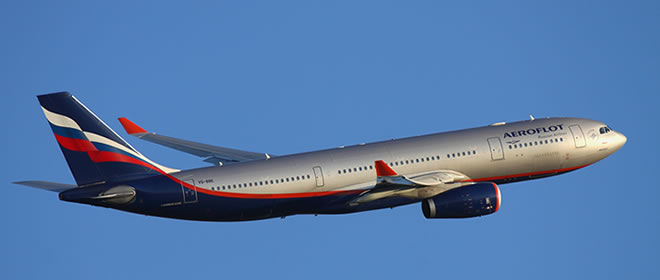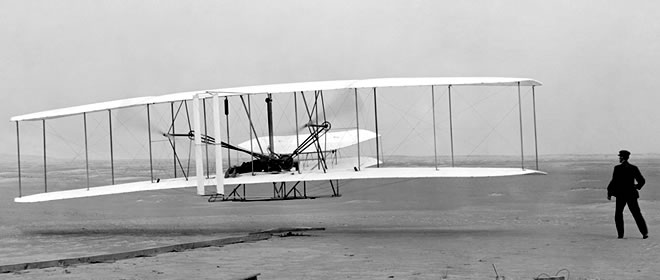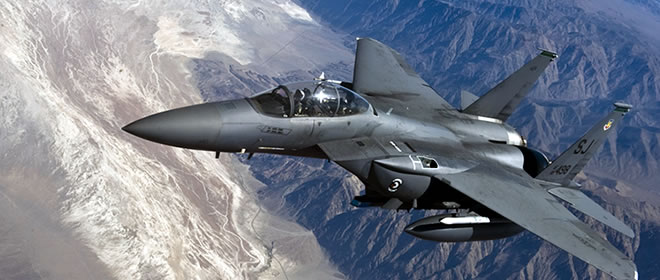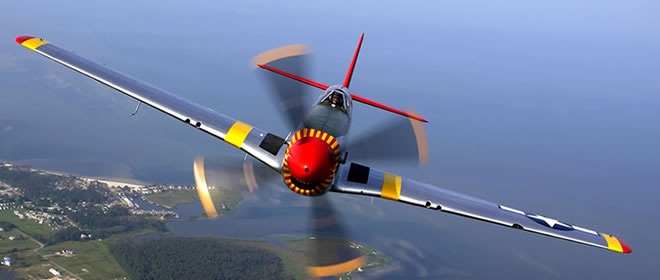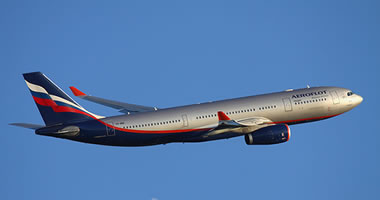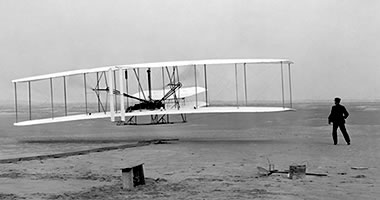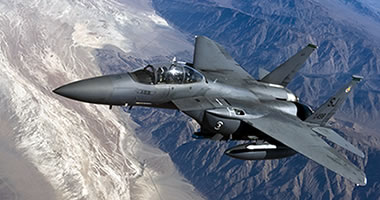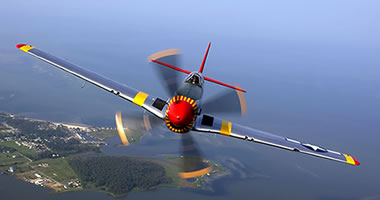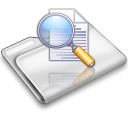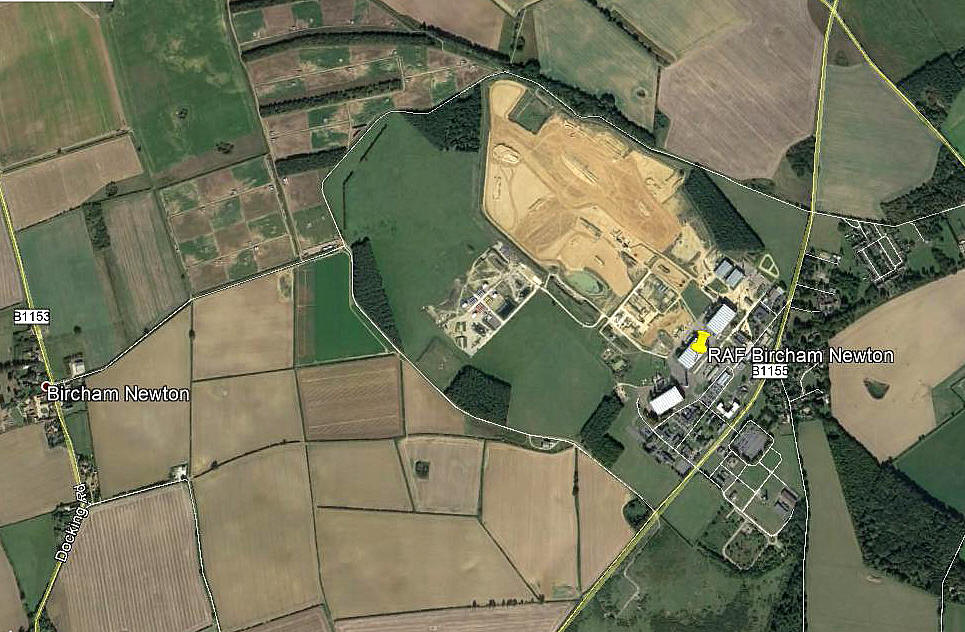Bircham Newton
*BIRCHAM NEWTON: Military aerodrome
This picture (2018) was obtained from Google Earth ©
The extent of the airfield in WW2 can be clearly seen, as the 'peri-track' still exists.
Military users: WW1: Training Squadron Station and School
166 Sqdn (Handley Page V/1500s)
207 Sqdn (Airco DH.9s)
Note: This picture from a postcard was kindly sent by Mike Charlton who has an amazing collection of UK aviation postcards, (www.aviationpostcard.co.uk).
The caption states that the picture was taken of 17 Squadron Hawker Woodcocks at an Air Pageant in 1926. If you look closely at the dust patterns behind the aircraft, they certainly seem to indicate that they are at full power and at the start of a formation take-off.
Interwar years: 1919 to 1939
7 Sqdn (Vickers Vimys & Virginias then Handley Page Heyfords and later Armstrong-Whitworth Whitleys)
18 Sqdn (Hawker Harts, later Hawker Hinds)
21 Sqdn (Hawker Hinds later Bristol Blenheims)
49 Sqdn (Hawker Hinds)
101 Sqdn (Bristol Blenheims)
206 Sqdn (Avro Ansons)
207 Sqdn (Fairey Gordons)
WW2: RAF Bomber Command
7 Sqdn (Short Stirlings)
101 Sqdn (Vickers Wellingtons later Avro Lancasters)
*Battle of Britain RAF Station (1st September 1940) Fighter Command 12 Group
229 Sqdn (Hawker Hurricanes)
Note: Posted across from WITTERING (NORTHAMPTONSHIRE)
RAF Coastal Command 16 (GR) Group Operational
42 Sqdn (Vickers Vildebeest)
119 Sqdn (Fairey Albercores) *
206 Sqdn (Avro Ansons, later Lockheed Hudsons)
235 Sqdn (Bristol Blenheims)
248 Sqdn (Bristol Beaufighters)
279 [Air-Sea Rescue] Sqdn (Avro Ansons, later Lockheed Hudsons)
320 (Netherlands) Sqdn (Lockheed Hudsons)
500 (County of Kent) Sqdn (Lockheed Hudsons)
502 (Ulster) Sqdn (Armstrong Whitworth Whitleys)
3CPF (DH Tiger Moths)
Location: 1.5nm W of Barmer, 7nm WNW of Fakenham
Period of operation: 1916 to 1965 (Other sources say operational from 1918 to 1962)
Site area: WW1: 297 acres 1006 x 823
Runways: WW2: Grass airfield (with BRC netting track) NE/SW 823
Note: This was most unusual - having just one useable 'reinforced' runway. Presumably otherwise an 'all-over' grass airfield allowing operations into wind?
NOTES: It is reported that on the 11th November 1918 three Handley Page V/1500s, (and their crews of course), were on standby here to mount the first bombing raid to Berlin. Up to this point the British did not have a bomber capable of reaching Berlin and the desire to ‘hit’ Berlin after so many bombing raids by Zeppelin airships and ‘Gotha’ type bombers on London especially had become a priority issue. The irony being, when the British had at last the capability, and the first raid planned, the Armistice was declared on exactly that day!
This said it does now seem that some authors have extended ‘poetic license’ a tad too far with regards to this raid. It would now seem the raid was planned for the 18th November.
FALLING OUT
I came across this story in Fighter Heroes of WW1 by Joshua Levine. Unfortunately Mr Levine does not describe what aerodrome this event took place over, but it is in his chapter about flying training accounts. I have included it here for no better reason that I was then reading another book which mentioned BIRCHAM NEWTON as a training airfield in WW1.
The incident involved a Sopwith Camel so therefore happened after June 1917 when it first entered service. There is one very important lesson to be learnt here it seems. And this is, even at this late stage in the war the training regime for pilots was still hopelessly inadequate? Very little advice seemed to percolate down from front line operations to fully equip new pilots for combat?
Here is the story told by Graham Donald: “As I was approaching the airfield at 6000 feet, I decided to try a new manoeuvre which might prove useful in combat. It was to be a half loop and then I would roll at the top and fly off in the opposite direction. (My note: This was a basic ‘Immelmann turn’ invented by the German ace Max Immelmann and largely discounted as an effective combat manoeuvre by 1917). I pulled her up into a neat half loop but I was going rather slowly and I was hanging upside down in the air. With an efficient safety belt that would have been no trouble at all – but our standard belts were a hundred per cent unsafe. Mine stretched a little and suddenly I dived clean through it and fell out of the cockpit."
"There was nothing between me and the ground. The first 2000 feet passed very quickly and terra firma looked damnably ‘firma’. As I fell, I began to hear my faithful little Camel somewhere nearby. Suddenly I fell back onto her. I was able to grip onto her top plane and that saved me from slithering straight through the propeller which was glistening beautifully in the evening sunshine. She was now diving noisily at about 140 mph. I was hanging onto her with my left hand and with one foot hooked into the cockpit, I managed to reach down with my other hand and I pulled backwards to pull her gently out of her dive. This was a mistake – she immediately went into the most appalling inverted spin. Even with two hands on the top plane, I was slipping. I had about 2500 feet left."
"Remembering that everything was inverted, I managed to put my right foot on the control stick and I pushed it forwards. The Camel stopped spinning in half a turn and went into a smooth glide but upside down. It was now easy to reach my hand down (or up) and pull her gently down and round into a normal glide. I grabbed the seat cushion which was obstructing the cockpit, chucked it over the side and sat back down. I was now at about 800 feet but in spite of the extraordinary battering she had received, my little Camel was flying perfectly."
"One or two of the wings were a bit loose but nothing was broken. I turned the engine off in case of strains so my approach was made in silence. I made an unusually good landing but there was no one there to applaud – every man-jack of the squadron had mysteriously disappeared. After a minute or so, heads began to appear all over the place – popping up like bunny rabbits from every hole. Apparently, when I had pressed my foot on the control stick, I’d also pressed both triggers and the entire airfield had been sprinkled with bullets. Very wisely, the ground crew dived as one man for the nearest ditch.”
Stories of miraculous escapes abound in wartime, but I’d reckon this is one of the best?
AIRFIELDS IN NORFOLK
On a 1930 issued Ordnance Survey ‘Aviation Map’ this aerodrome was one of just two listed in NORFOLK. MOUSEHOLD was the other. Very odd by today’s standards they didn’t seem to distinguish between military and civil aerodromes generally speaking. So presumably military and civil traffic could freely land at either in most cases at least? Proof has been found of a planned flight, presumably by a PPL, from WEST BROMWICH to FARNBOROUGH in this period. On the other hand BIRCHAM NEWTON was listed as unavailable for civilian use in 1920 and this rule applied to many RAF airfields just after WW1 ended. So what brought about this later relaxed attitude and when did it happen?
AN EMPIRE AIR DAY
On the 24th May 1934 the first ‘Empire Air Day’ celebration ‘air shows’ were held at thirty-nine RAF stations along with, (which surprised me a bit), many civilian airfields. Apparently intended originally to be more of an ‘Open Day’ event it is said they soon became more ‘air show’ orientated. The King and Queen put their seal of approval on these events, (so to speak), by attending here. Presumably being in residence at Sandringham at the time?
THE 'PHONEY WAR' PERIOD
I have read that during 1939, during the ‘Phoney War’ No.3 Coastal Patrol Flight used nine “impressed” Tiger Moths here. I wonder if the Luftwaffe would have also been impressed to learn about this and feared the consequences? This was not the only example. In many places around the UK basic civilian privately owned aircraft, which had been ‘impounded’ were used for coastal patrol duties, many if not most initially, still in their civil colours.
THE WW2 PERIOD
Even in late WW2, BIRCHAM NEWTON was not considered suitable for use by tricycle undercarriage type aircraft. As a general rule, regarding "grass" airfields, only those equipped with steel netting or perhaps steel planking for heavier aircraft, were deemed suitable for use by tricycle types.
In early 1942 it appears that 248 Squadron was amongst the first in RAF Coastal Command to use the Bristol Beaufighter. The other squadron, I think I am correct (?), was 235 Squadron then based at DYCE (ABERDEENSHIRE).
*The Fairey Albacore is type generally associated with the Fleet Air Arm and it seems only two RAF squadrons operated the type. No.36 Squadron based in Singapore and 119 Squadron formed at MANSTON (KENT).
THE FIRST RAF SQUADRON TO FLY A FOUR-ENGINE BOMBER?
It appears that 7 Squadron were the first to operate a four engined bomber in WW2, (in 1940), - the Short Stirling. Previously it appears they operated Handley Page Hampdens and Avro Ansons during their long stay at this airfield?
A VERY INTERESTING FACT
I found an interesting if sombre note about 101 Squadron who flew Lancasters here equipped with ABC (Airborne Cigar) which were engaged on jamming and intruding on German radio frequencies alongside bombing raids. It seems this meant carrying an eighth German speaking crew member, often Jewish, which meant they had to break radio silence for obvious reasons.
However, this also meant they enabled the German defences to obtain a ‘fix’ on their aircraft, the result being 101 Squadron suffered the highest casualty rate of all RAF squadrons in WW2. It seems to me that the extraordinary sacrifices made by this and other specialised Squadrons have not received the recognition they so rightly deserve.
IN 1944
By then used mostly by Coastal Command 16 Group, the maximum personnel strength is listed as 2,431 with 554 WAAFs. It appears thirty-nine squadrons used this busy airfield.
ANOTHER DEVELOPMENT
It was probably from here, in January 1943, that 279 Sqdn Hudsons were equipped to drop the Airborne Lifeboat Mark 1. This was a remarkable development in Air-Sea Rescue and to quote from Shot Down and in the Drink by Air Commodore Graham Pitchfork, “They were equipped with sufficient food, drink and comforts to cover seven days’ requirements for a crew of seven. These included:
For communications: a dinghy radio set, a Verey pistol and cartridges, a waterproof torch, smoke floats and an Aldis signalling lamp.
For comfort and protection: waterproof outer suits with warm inner suits, first aid kit and massage oil.
For food and drink: tinned water and drinking cup, condensed milk, tins of emergency rations, cigarettes.
To aid the survivors on their voyage, a compass and charts were provided as well as materials and tools to effect repairs. All these were stowed in the boat’s lockers, alongside petrol, oil, sails, masts and rigging, together with instructions to enable survivors with little sailing experience to operate the boat and navigate safely.
Air Commodore Pitchfork’s book is highly recommended reading. All too often the blunt end of conflict gets the main attention, for obvious reasons of course, but those that flew in Coastal Command and served with RAF Air-Sea Rescue very often faced extreme risks also. As Patrick Bishop says in his excellent book Wings: “Many stricken bomber crews, limping home after a night over Germany, and many a shipwrecked mariner, also had reason to be profoundly grateful to the Command’s air sea rescue squadrons, which saved the lives of 10,663. Landing flying boats on anything but flat seas was perilous, so aircraft instead dropped rubber dinghies and supplies. Then powered lifeboats were developed that were designed to be dropped from converted bombers by parachute.”
Being just a tad pedantic I am not too sure that last statement is correct? I have no reason to doubt the first ‘lifeboat’ was dropped from a Lockheed Hudson, which of course was never a bomber in the strict sense of word. But, it would appear that the Vickers Warwick, a development of the Wellington, had been overtaken by events. Although originally intended to be a bomber, it was redesigned to undertake transport, air-sea rescue and as a maritime reconnaissance aircraft. One version of which was the first type of aircraft specifically designed to carry this new concept in air-sea rescue, and 279 Squadron, based here, received their first Warwicks in May 1943.
JUST A NOTE
As an aside it appears that BOAC (British Overseas Airways Corporation) operated the Warwick during WW2 as a ' civilian airliner’. Can this be confirmed?
We'd love to hear from you, so please scroll down to leave a comment!
Leave a comment ...
Copyright (c) UK Airfield Guide
